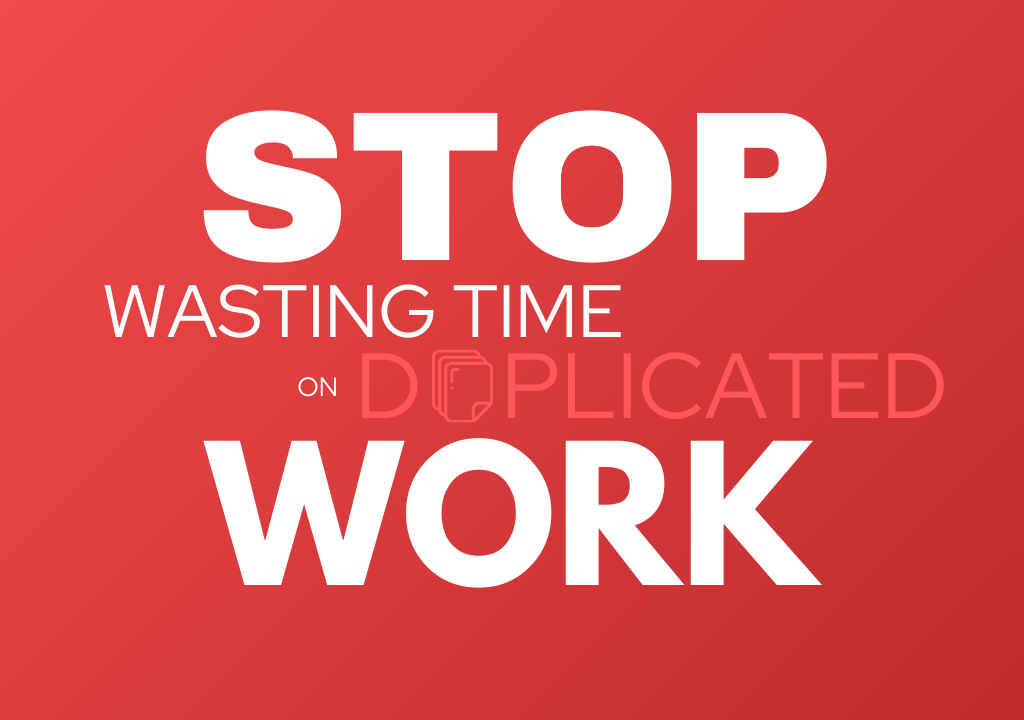Why Plans Fail
Over lukewarm lattes, two operations pros dissect the art of strategy—no fluff, just real talk about plans that work (and ones that don’t).

It was an unseasonably warm Tuesday afternoon in October when I met Sam, an operations colleague, for coffee. We had a running tradition: lukewarm lattes, oversized mugs, and solving the operational problems of the universe in under an hour. Sam had a knack for cutting through nonsense. I was barely two sips into my drink when he leaned forward and said, with the vigor of someone who’d been thinking about this for a while, “You know what kills most strategic plans? They’re either too vague to matter or so detailed they feel like a college group project—complete with resentment and missed deadlines.”
I paused.
Sam wasn’t wrong. Strategy, in its simplest form, is a roadmap. It’s not a scavenger hunt with riddles and golden nuggets of insight hidden behind layers of jargon. A good strategy should be so clear that even the office skeptic—the one who sighs audibly during meetings—can say, “Oh, that makes sense.”
I set down my mug. “What makes you say that?”
Sam launched into a story about a company he was working with that spent months crafting a strategy so intricate it needed a project manager just to track the updates. And what did they achieve? “Mostly confusion,” Sam said, stirring his coffee with frustrated vigor. “They might as well have set the document on fire for all the good it did.”
The truth is, a strategic plan’s worth boils down to one thing: does it solve a real problem? Grand ideas and lofty mission statements are great for inspirational posters but do nothing in the trenches. A good plan pinpoints what’s broken, shows how to fix it, and motivates the people doing the work. Anything else is just a PowerPoint presentation waiting to be ignored.
Sam, continued his rant. It turns out the five-year plan his company put together was so ambitious it had detailed action steps for team members who hadn’t even been hired yet. “It’s like they thought the strategy would magically manifest people,” he said, shaking his head. “If your plan assumes unlimited resources and perfect conditions, it’s not a strategy—it’s fan fiction.”
I nodded, remembering the countless times I’d seen strategic plans crumble because they were disconnected from reality. “There’s nothing wrong with a wishlist,” I pointed out, just to play the opposition.
“No,” he agreed. “But they should call them what they are: goals. Leave the word plan out of it.”
Sam had a way of framing frustration as wisdom, and this was no exception. I leaned back and considered his point. The best plans, I mused out loud, are like ladders—not rocket ships. Ladders are steady, practical, and get you where you need to go, one rung at a time. Rockets? They’re expensive, complex, and prone to spectacular explosions. Sam chuckled wryly. “They’re also more exciting in the pitch deck.”
But here’s the real secret: a strategic plan is only as strong as the humans behind it. If people understand the strategy and how their work connects to it, they’ll show up differently. They’ll care. If the plan feels irrelevant or impossible, it’s dead on arrival.
Sam, as usual, had thoughts. “You know what drives me nuts?” he said, leaning back in his chair. “When people think the hard part is dreaming up the big-picture stuff. No, the real work is making it something people can actually do without needing a five-hour onboarding session.”
I couldn’t argue. Sam recalled working on a strategy that sounded brilliant in the boardroom of a previous employer but fell apart the moment it hit the operations floor. The goal? “Enhance customer engagement.” That was it. No specifics, no timeline, no accountability. “Great,” Sam said, with a smirk. “Should I hand out coupons? Redesign the website? Interpretive dance in the lobby?”
The lesson is clear: strategy needs a bridge to daily operations. Without it, you’re stuck in limbo—high-minded ideals on one side, sheer confusion on the other. Take that vague goal of ‘enhancing customer engagement.’ What if, instead, it became something actionable, like ‘increase repeat purchases by 15% within six months’? Now you have a direction. Metrics sure aren’t fun, but they make success measurable.
Sam also had a soapbox about ownership. “If no one owns the objective, no one does the work,” he declared, crossing his arms like a judge issuing a verdict. Truer words. Assigning accountability is what turns strategy into results. When everyone knows who’s responsible, there’s no room for finger-pointing or, as Sam put it, “creative dodging of responsibility.”
By the time we finished our coffee, we hadn’t solved any of the world’s problems, but it had been a good refresher on the importance of strategic plans. I think the takeaway that a lot of people miss is that big goals are fine, but they’re meaningless if you can’t translate them into steps people can take, metrics they can track, and outcomes they can celebrate.
Execution is where strategy meets reality. It’s messy, full of surprises, and sometimes feels like herding cats while juggling flaming swords but beyond the tactics, execution is about people. Strategy dies when teams disengage. Communication is essential—not just to track progress, but to keep everyone connected to the bigger mission. Explain not just the what but the why. People don’t invest in tasks; they invest in purpose.
I’ve faced plenty of curveballs, from vendors backing out mid-project to critical resources evaporating overnight. In each case, the solution was the same: assess, adjust, and move forward. You don’t ignore the problem; you tackle it head-on, rewrite the plan if needed, and keep the team motivated.
The truth is, execution isn’t about perfection. It’s about making the vision work in the real world—messy, unpredictable, and full of opportunities to pivot. A good plan isn’t static; it’s dynamic, written in pencil, ready to be refined and reworked as circumstances demand. That’s how you keep a strategy alive and thriving: by staying adaptable and grounded in reality. Execution is rarely a straight line. It’s more like navigating a winding road with occasional detours, potholes, and maybe even a rogue goose blocking your path. The key is not getting stuck—keep moving, keep adjusting.
In my experience, the success of a strategic plan doesn’t just rest on its creation or even its execution—it hinges on how you measure its impact and use those insights to improve. A plan that works for today isn’t guaranteed to work tomorrow. The key is knowing when to celebrate progress, when to adjust course, and when to acknowledge that parts of the plan simply didn’t work. Honest evaluation isn’t just good practice; it’s the foundation of operational excellence.
Keeping a strategy alive requires both structure and flexibility. These are the core principles I use to ensure a plan doesn’t wither on the vine:
- Regular Check-Ins: Focused, action-oriented reviews to see what’s working and what needs adjustment. No endless meetings, just clarity.
- Transparent Metrics: Real-time tracking tools so everyone knows where the team stands. Guesswork isn’t strategy.
- Celebrate Incremental Wins: Small victories build momentum and remind teams that progress matters.
- Delegate with Clarity: Tasks need owners, not committees. Ambiguity is the enemy.
- Adapt Quickly: Stubbornly sticking to a failing approach isn’t resilience; it’s wasting everyone’s time.
By the end of that afternoon, I realized the real lesson comes down to this: strategy isn’t about perfection. It’s about making things work in the messy, unpredictable, wonderfully human world we live in. Ultimately, the goal isn’t to execute one flawless plan. It’s to create a cycle of continuous improvement where each strategic plan builds on the lessons of the last. That’s how you bridge the gap between vision and reality, turning good intentions into meaningful outcomes. It’s not easy, but it’s worth it. After all, as Sam said, “A plan is only as strong as the results it delivers.”




Comments ()